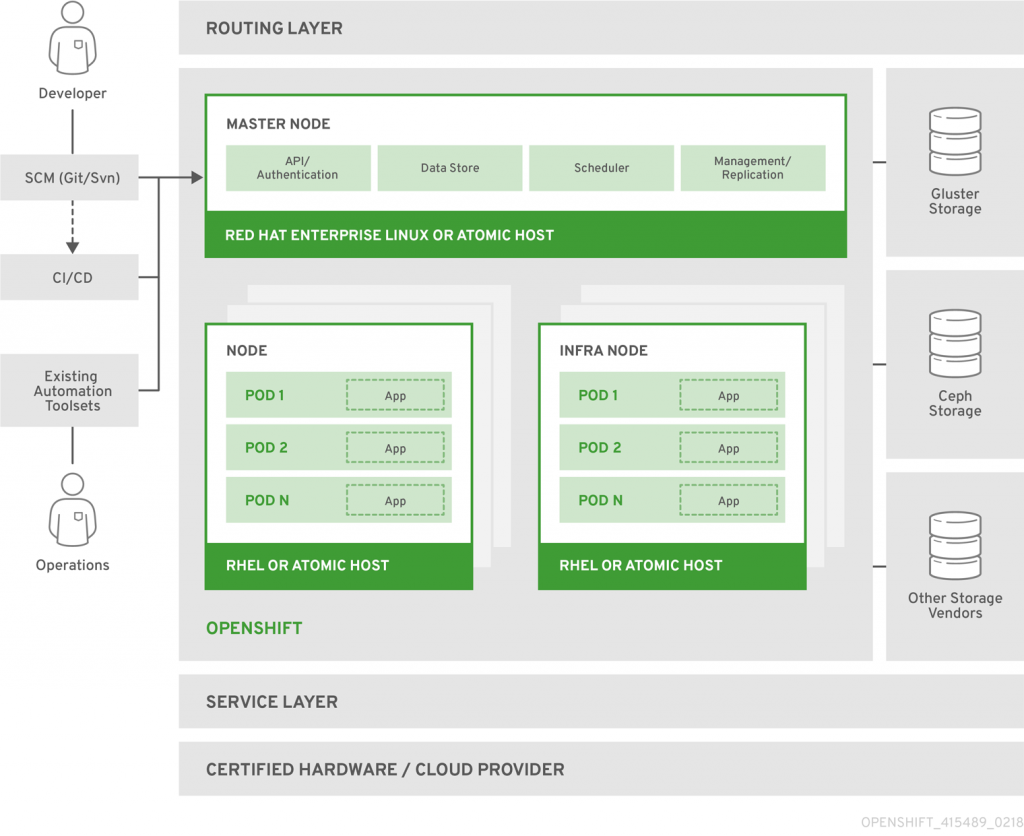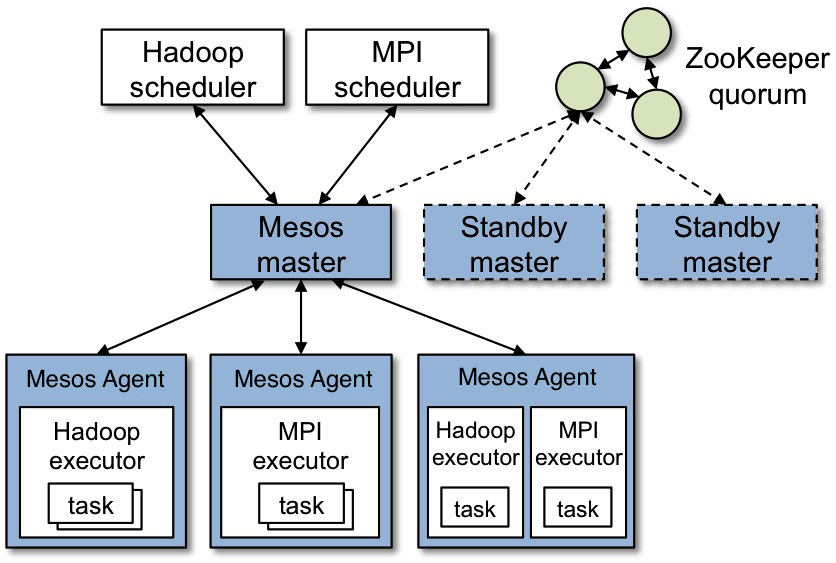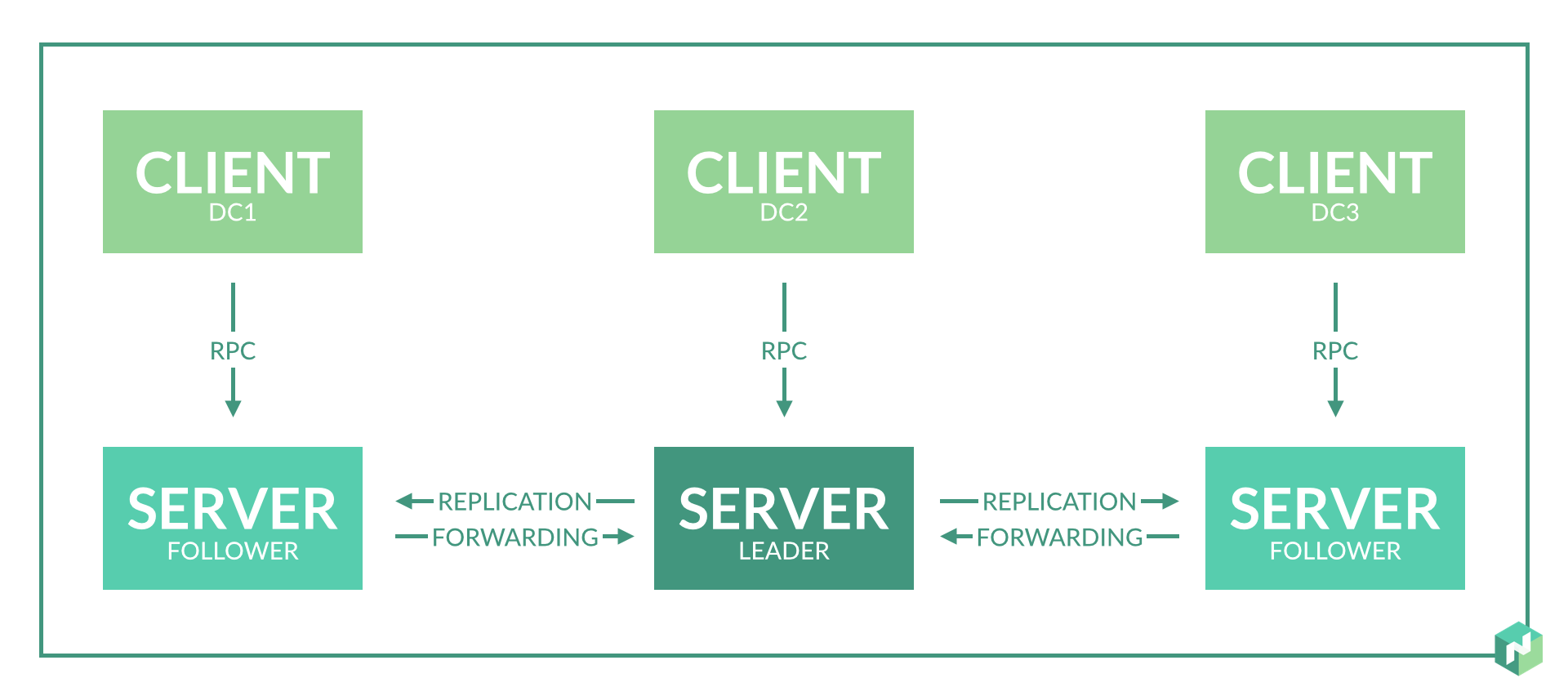Containers have changed the way we build and ship applications. The lightweight and easy-to-use containers are almost a go-to way to deploy applications now.
But what happens when you want to deploy an application at scale? I am talking about thousands of application containers, each serving thousands of requests.
How do we ensure scaling concepts and how can we make our workload self-healing?
Well, these are some major challenges and the solution to these is container orchestration tools. These tools provide us a way to define the desired state of our workload and then they take care of the rest.
These tools do their level best to ensure that we always have that state without much manual intervention (if any at all)
List Of Container Orchestration Tools
Some of the best container orchestration tools are
1. Kubernetes
Kubernetes is an open-source container orchestration tool created by Google and currently being maintained by CNCF.
A Kubernetes cluster has two major components
- Control plane
- Worker nodes

A CNCF survey in 2021 pointed out that around 96% of all organizations are either using Kubernetes or evaluating it for their use case.
With this increase in Kubernetes use, many cloud providers and service providers are providing their own services for Kubernetes.
These are referred to as managed services. In most cases, the control plane in these services is managed by the service provider. Some providers might manage the worker nodes as well.
According to this statistic by Datadog, around 90% of Kubernetes users are leveraging cloud-managed services.
We will cover some of these services later in the post
2. Redhat Openshift
Openshift is a Redhat managed Platform as a service. It is managed by Redhat and can therefore be easily integrated with other Redhat services like the Redhat Ansible Automation Platform.
The following image from Redhat depicts the basic architecture of openshift.

In a recent 2021 survey, it was found that redhat was a go-to choice for 37% of the users for the multi-cloud Kubernetes deployment strategy. This made it the market leader in multi-cloud Kubernetes deployments
It comes in two flavors
- As an opensource application
- As a SaaS product
3. Mesosphere Marathon
Mesosphere Marathon is a container orchestration platform for apache Mesos. It is open-source and is used to connect existing stateful applications with state-less applications.
It is created and maintained by Apache.
When it came out, Twitter was among the early adopters of it. Initially, it was very complicated and was called just “Mesos”.
Later, an easy-to-use version “Mesosphere” was launched which made it easier to use and adapt to.
The following image from Apache’s website depicts the basic architecture of Mesos

A major limitation of Mesos marathon is that it can only be run with Apache Mesos.
4. Hashicorp Nomad
Hashicorp Nomad is a tool provided by Hashicorp. If you don’t know already, Hashicorp is also the creator and maintainer of the famous IaC tool – Terraform.
Nomad is a simple orchestration tool to manage containerized as well as non-containerized applications. It can be used to manage applications on both on-prem and cloud.
It can be used as an alternative to Kubernetes or to supplement Kubernetes as well.
The following diagram from Nomad’s website gives a very high-level overview of its architecture

Nomad is supported on all the major OSes (macOS, Linux, and WIndows) and uses a very lightweight binary file.
5. GKE
GKE or Google Kubernetes Engine is a managed Kubernetes service by Google. It provides a managed environment to deploy, manage and scale your applications.
A GKE cluster is composed of a number of machines (Google Compute instances)
GKE is powered by Kubernetes, the open source container orchestration framework that we discussed about earlier in the post.
Kubernetes provides us with the mechanism to manage and operate the GKE cluster and perform our day to day tasks, like monitoring health of the cluster and setting scaling policies.
Once the version of a control plane becomes stable, the GKE control plane automatically updates to that version. This ensures that you are always running the latest version of the control plane without much overload.
Note: You can also use alpha releases of Kubernetes using GKE
Depending on the level of control you want for your workload clusters, GKE provides two modes of operations.
- Autopilot: In this mode, GKE manages the entire Kubernetes infrastructure for you. It provides you with hands-off experience with Kubernetes. This reduces your overhead a lot but also reduces the level of control you have on your cluster
- Standard: In this mode of operation, you configure your cluster and your node infrastructure. This provides you with a lot of control on your cluster. But unlike Autopilot mode, a lot of responsibility for your cluster now lies in your own hands.
Benefits Of GKE
GKE allows you to leverage a lot of advanced features and services of GCP. These include
- Google Cloud’s load-balancing for Compute Engine instances
- Node pools to designate subsets of nodes within a cluster for additional flexibility
- Automatic scaling of your cluster’s node instance count
- Automatic upgrades for your cluster’s node software
- Node auto-repair to maintain node health and availability
- Logging and monitoring with Google Cloud’s operations suite for visibility into your cluster
6. AKS
AKS or Azure Kubernetes Service is a managed Kubernetes service for Azure. It is to Azure what GKE is to GCP.
AKS reduces your operational overhead of managing the control plane thus you only need to worry about the agent nodes (worker nodes).
Also when using AKS, you do not need to pay for the master nodes. You only pay for the worker nodes that you provision and use.
You can create an Azure cluster using the following methods
- Azure CLI
- Azure Console
- Azure Powershell
- Template driven tools lik Azure Resource Manager Template, and Terraform
Benefits of AKS
- AKS provides support for windows containers
- It can easily be integrated with Azure AD
- It supports Kubernetes RBAC
- Azure collects metrics for nodes, containers and controllers within your workloads
- AKS supports pod and nodes autoscaling to meet the demand of your application’s traffic
- You can use GPU enabled nodes clusters to support your workload
- AKS provides us with confidential computing nodes
7. Docker Swarm
Docker swarm is a container orchestration tool which runs primarily on docker.
In docker swarm, you connect a number of nodes together. They might be physical machines, virtual machines, EC2 instances or any other form of compute resource.
Each of these nodes need to have docker installed on them. Once these are connected to a swarm manager, any docker command that you run will be run on the nodes (nodes running your application containers).
There is a core difference between docker swarm and kubernetes, one which is the major reason for people preferring the latter.
Docker swarm lacks a lot of essential features which Kubernetes provides like horizontal pod autoscaling.
Benefits Of Using Docker Swarm
- Docker swarm runs only on the docker engine, therefore it does not require any additional orchestration tool to be installed
- It supports multi-host networking
- You can expose service ports to external load balancer
- It lets you configure how you want to distribute containers within the nodes
- Each node in the swarm enforces TLS mutual authentication and encryption to secure the communication
8. Helios
Helios is a Docker orchestration platform for deploying and managing containers across an entire fleet of servers. Helios provides a HTTP API as well as a command-line client to interact with servers running your containers.
It was developed by Spotify but since the advent of orchestration tools like Kubernetes, it has been archived. It is only accepting bug fixes right now but no new features or PRs
9. Digital Ocean Kubernetes Service
Similar to other cloud providers, Digital ocean too have their own managed kubernetes service which users can use to deploy their containerised applications
10. EKS
EKS or Elastic Kubernetes Service is a fully managed AWS service for deploying and managing your workloads on AWS.
Being an AWS service, it integrates easily with other core AWS services like Cloudwatch and autoscaling groups
The following image illustrates the basic use case of AWS EKS

Benefits Of EKS
- EKS can provision required AWS services itself like AWS ELB
- It supports customization of compute resources if using EC2 instances
- It supports same deployment strategy as that of Kubernetes
- EKS control plane logs provide audit and diagnostic information to CloudWatch logs
So these were some of the best container orchestration tools in 2022. Please let me know if I missed any tool.
